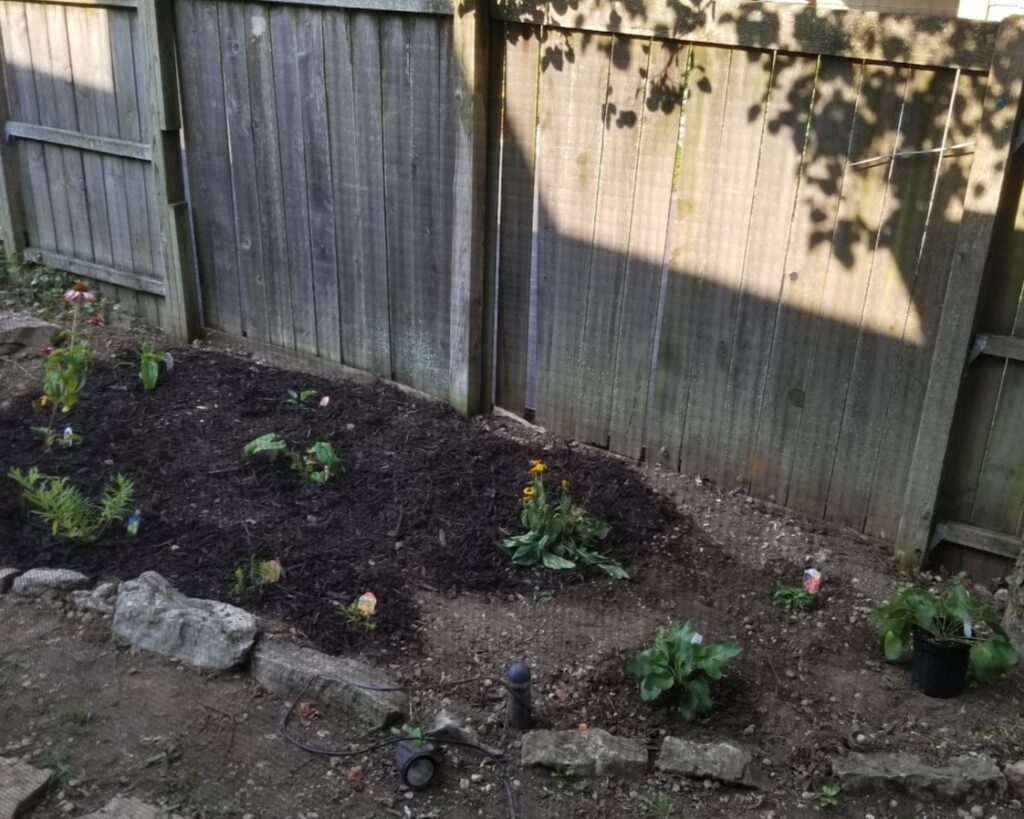
Spring may be the season most commonly associated with planting in our gardens. But with native plants especially, most experienced gardeners will tell you that fall is actually the better time.
This is due to a variety of factors, such as reducing transplant shock due to the cooler temperatures and sunlight levels, and giving your plants extra time to establish their roots before they face the stresses of a hot summer.
But even after you’ve made the decision for a fall planting, questions may still remain. Especially in areas when September may mean a few cooler days followed by a late mini heat wave, what exactly does “fall” even mean these days?
Timing Rules of Thumb for Fall Native Planting
When we say “fall,” we’re typically talking about the range of around September 1st through the end of October.
Another rule you can apply is that you generally want to transplant at least 4-6 weeks before your first hard frost to give your plants enough time to establish.
Then as the shorter days and cooler temperatures tell the plants that winter is coming, they begin to go dormant.
And since you’ve given them enough acclimation, they’ll be strong enough to survive the winter and bounce back with vigor in the spring.
Should I Plant If High 80s to 90s Temperatures Are In the Fall Forecast?
If you’re in a region where it stays hot in September, you may want to wait a bit longer than in a colder area. That might look more like the end of September or even the first couple weeks of October.
Whenever possible you want to avoid the heat stress of extremely hot days.
But you also don’t want to risk waiting too long so the plants so they don’t have enough time to acclimate and root before the ground freezes.
In addition to our recommendation of aiming for 4-6 weeks before the first killing freeze, you can use the forecast as your guide.
By waiting until temperatures begin stabilizing in the low-80s or the 70s, you will be helping to give them a smoother transition.
What Size/Age of Plants Should I Be Transplanting? Or By Seed?
Another big question when establishing a native garden is whether you’re planting by seed or buying seedlings. Fall or winter sowing with a seed mix or with individual species of seed can be a great method, but it requires quite a bit in terms of site preparation and maintenance the following spring when they start to germinate.
We’re focusing more on planting seedlings and getting them to establish in the fall.
As far as the size of your transplants, generally any sizes you’ll find at a native plant nursery will work. Smaller plants like plugs and quart-sized plants may establish faster and have less stress than gallon-sized pots, which have more above-ground growth to support, but those larger plants also have larger root systems that will help them get through the winter.
If you’ve grown the seedlings yourself and are then transplanting them into the ground, you want to make sure they have matured for at least a few months so make sure they won’t be too delicate to survive transplanting.
How Much Should I Water My Fall Transplants?
You want to give your transplants a through soak just after planting. After that, remember that less frequent deep watering is much better for root growth and long-term plant health than daily or near-daily shallow watering.
After that, you watering regimen will depend on rainfall. New plants should ideally receive water (from you or the rain) once to 2 times per week for the first few weeks after transplant. After that, you can reduce the regimen unless the temperatures are still quite hot. As winter gets closer, you can give it one last watering before the ground freezes, at which point you stop watering until spring.
Also, it’s a good idea to add mulch around the newly planted natives to protect the roots over winter and retain moisture in the soil. And the mulch also serves to protect them from any surprise early freezes.
All in all, fall is an important season for the native plant garden. Not only is it vital to have fall-blooming plants for late season pollinators and butterflies gearing up for migration, but it’s also a great time to expand your efforts and add new plants, so you get a head start on next spring.

Leave a Reply